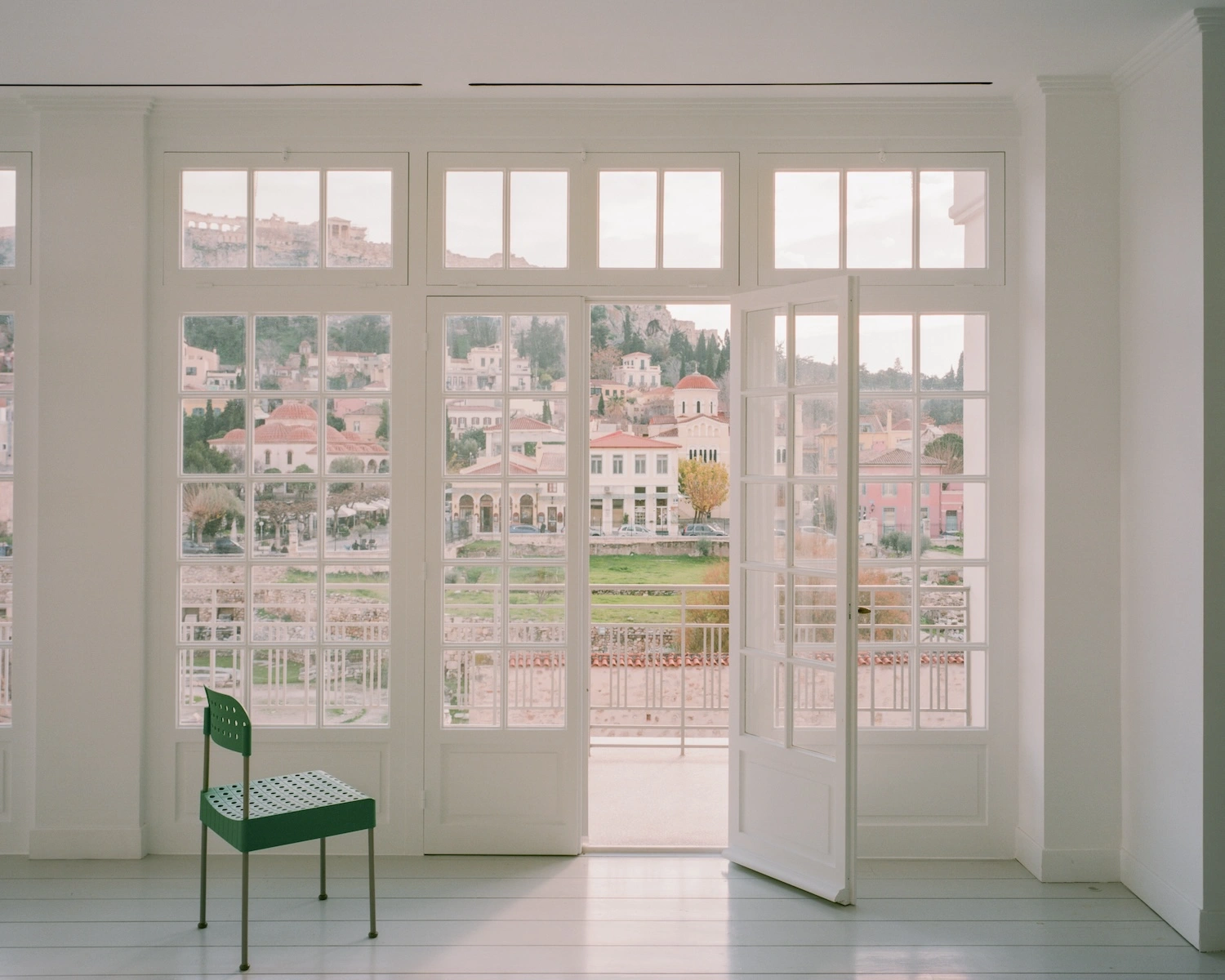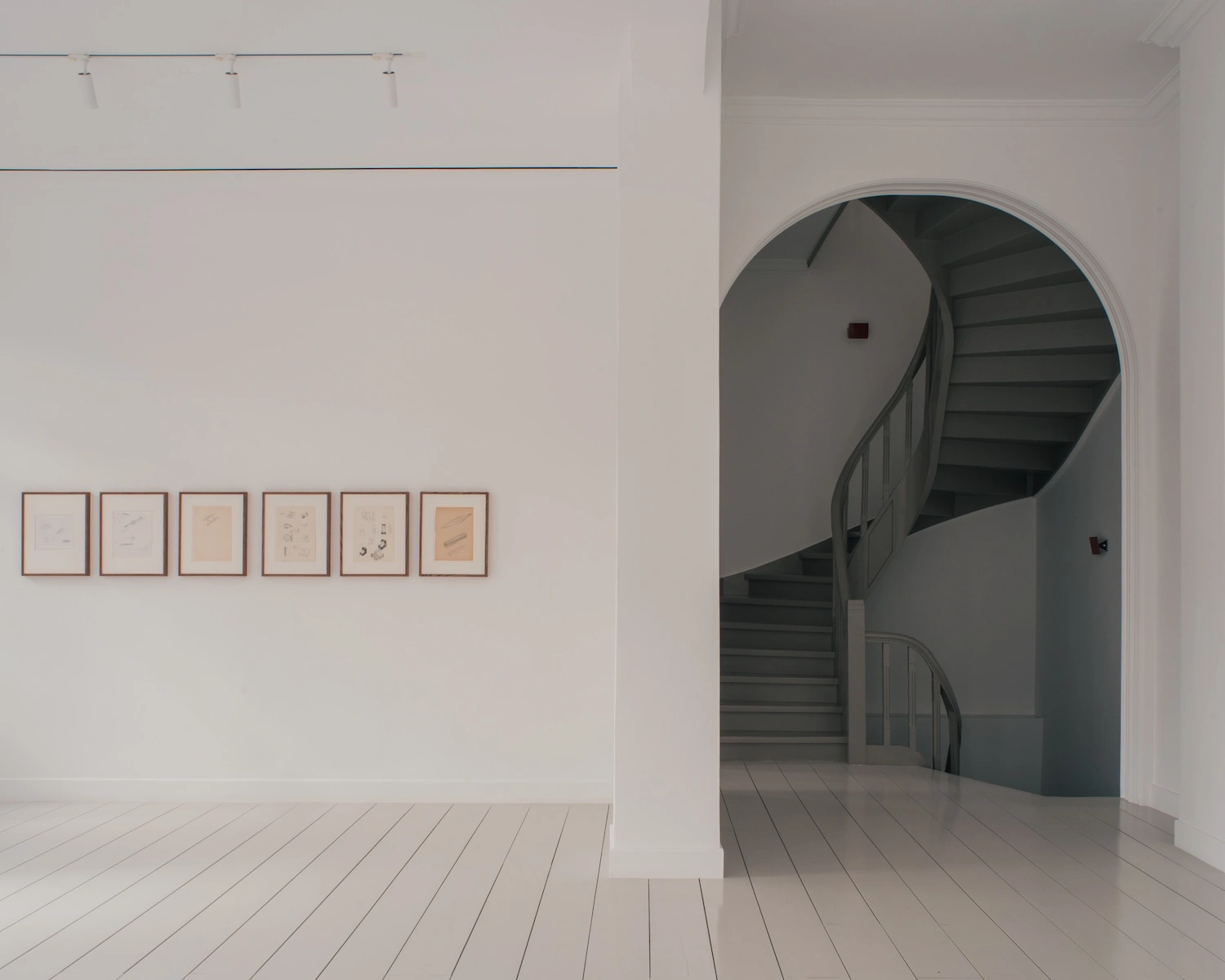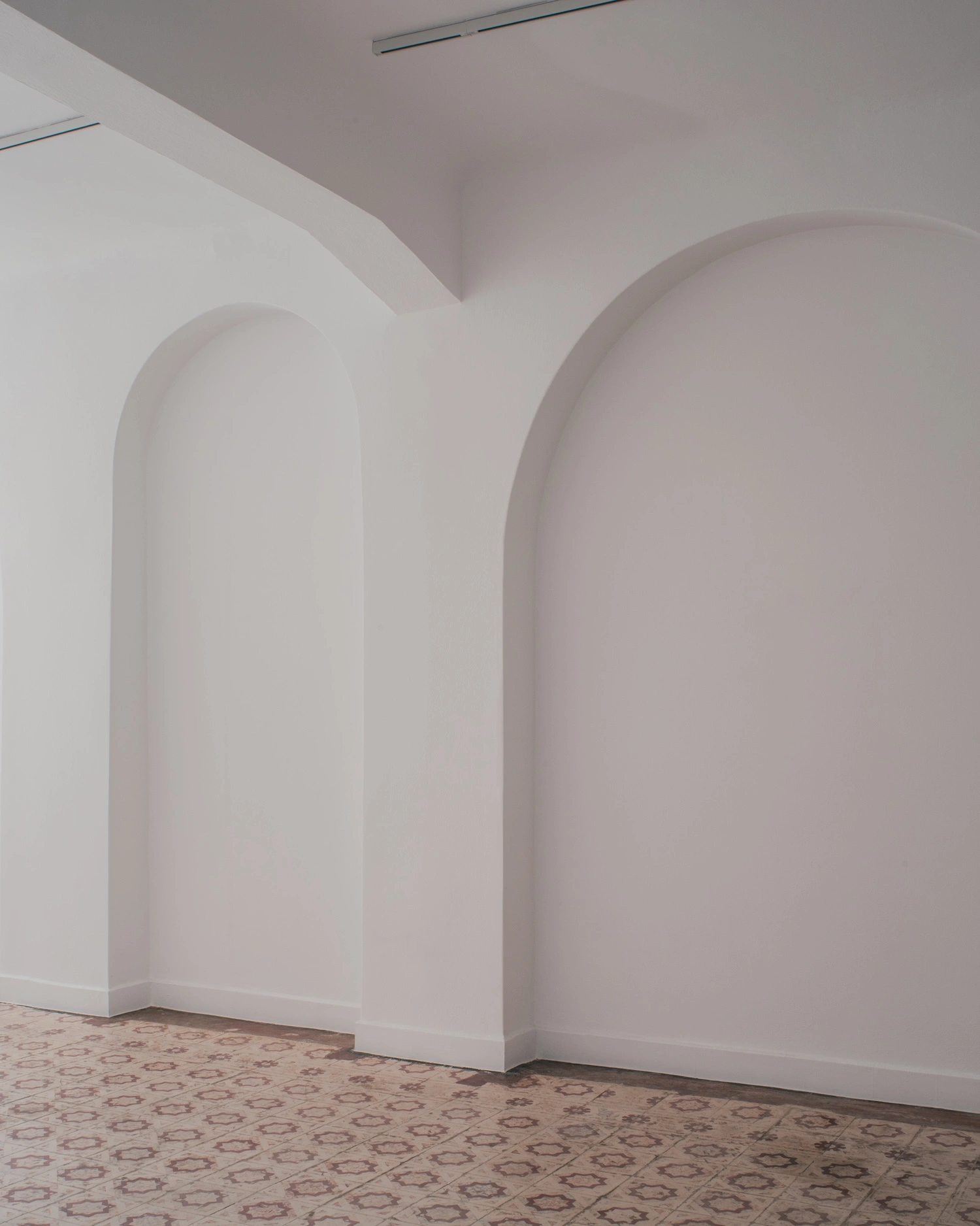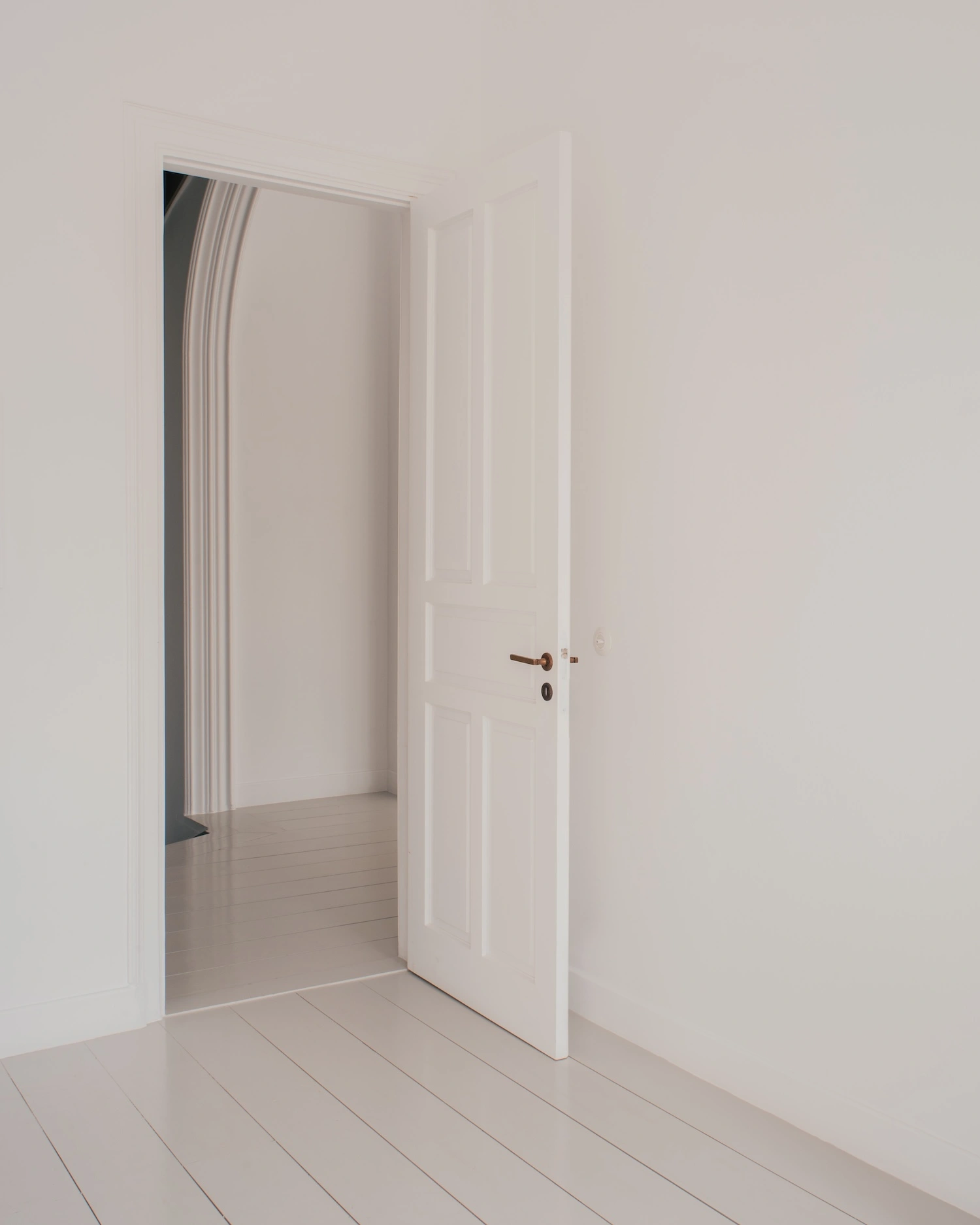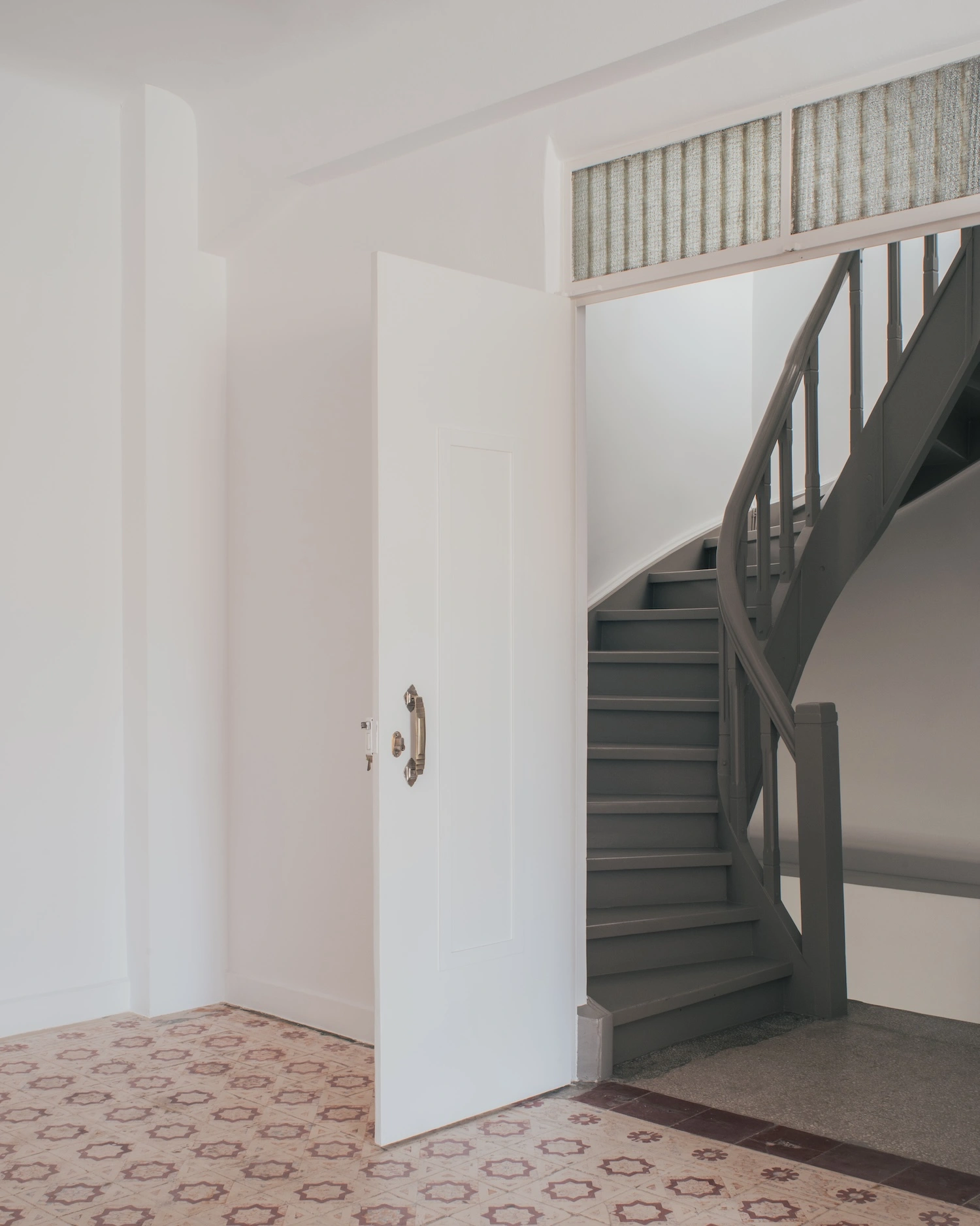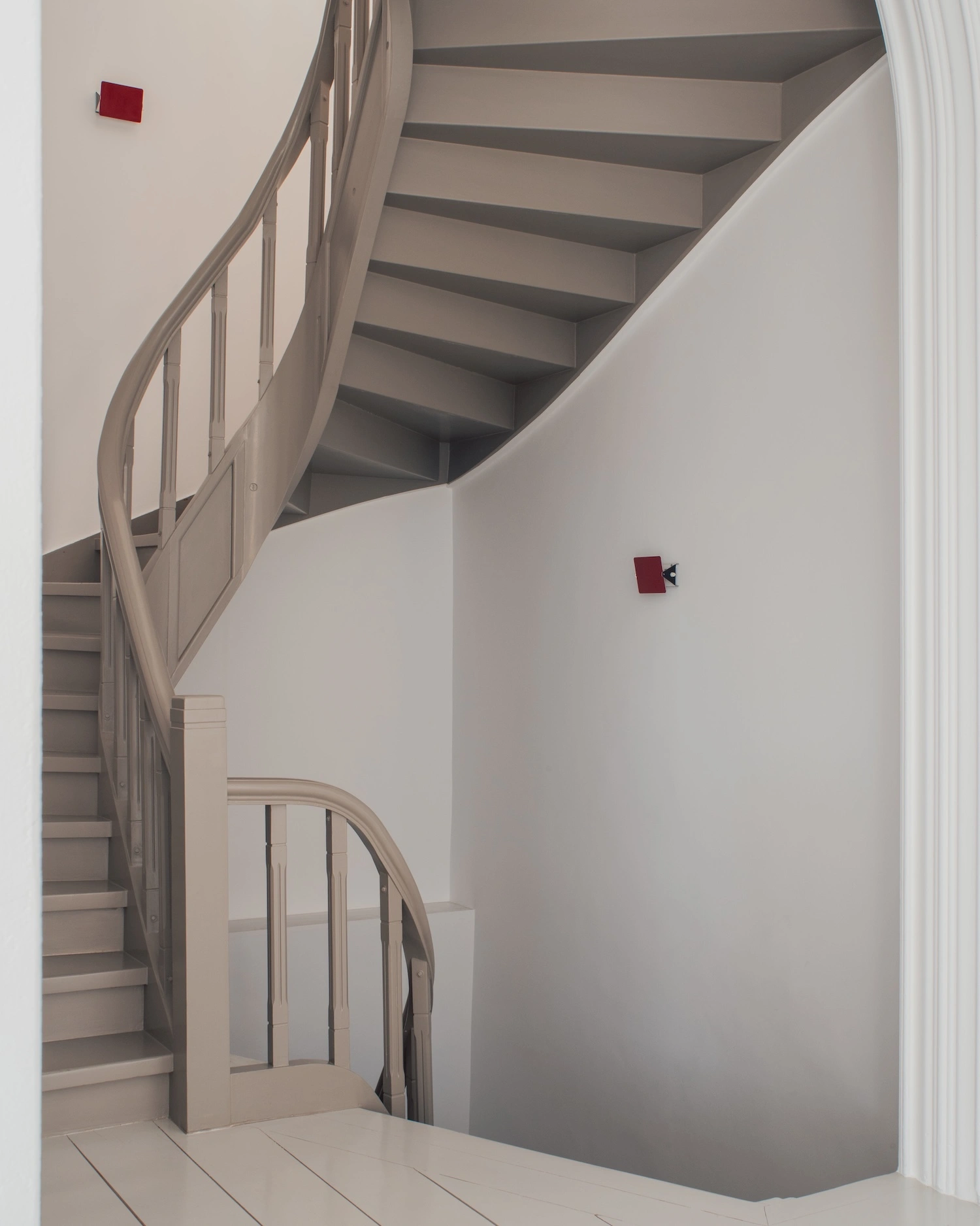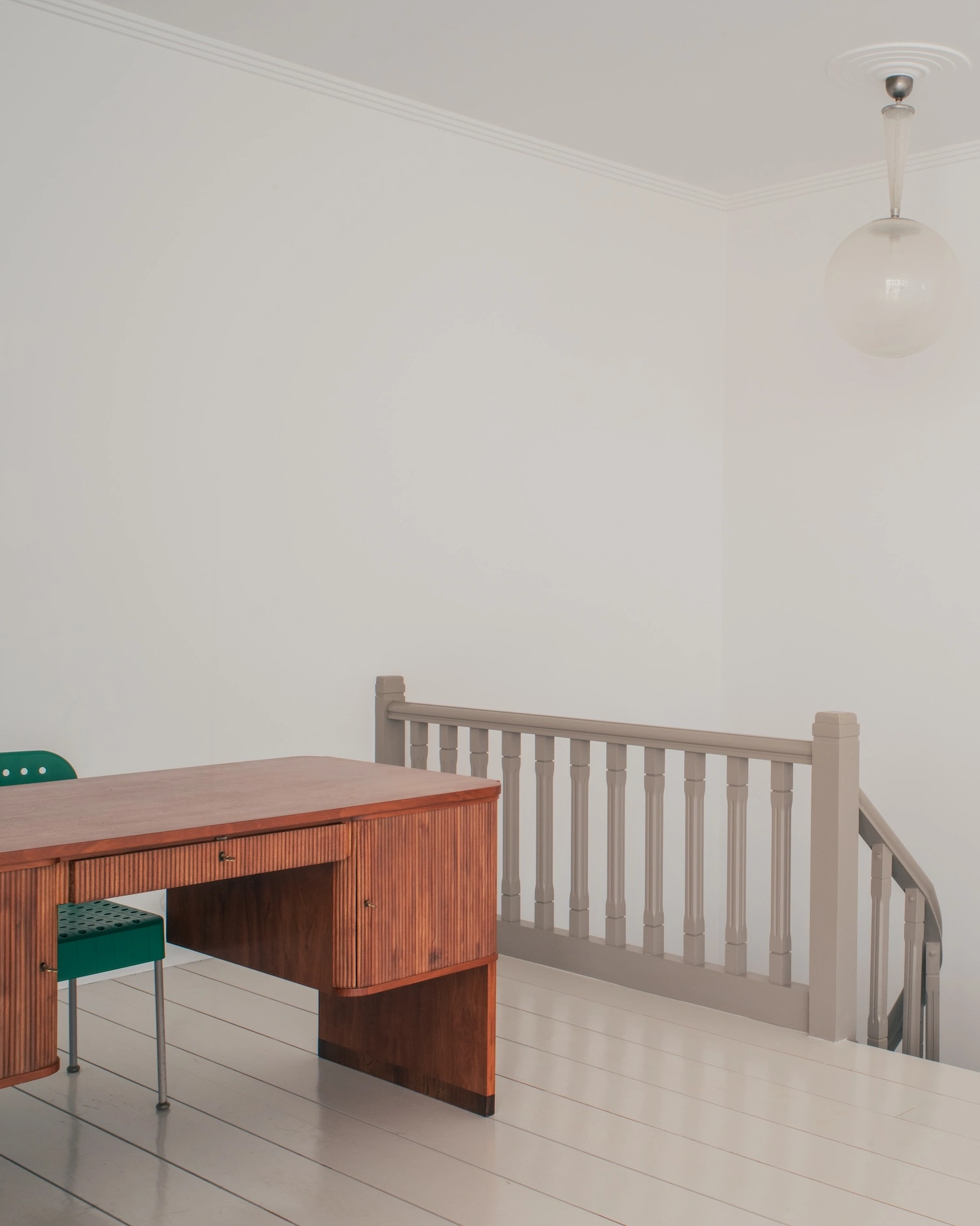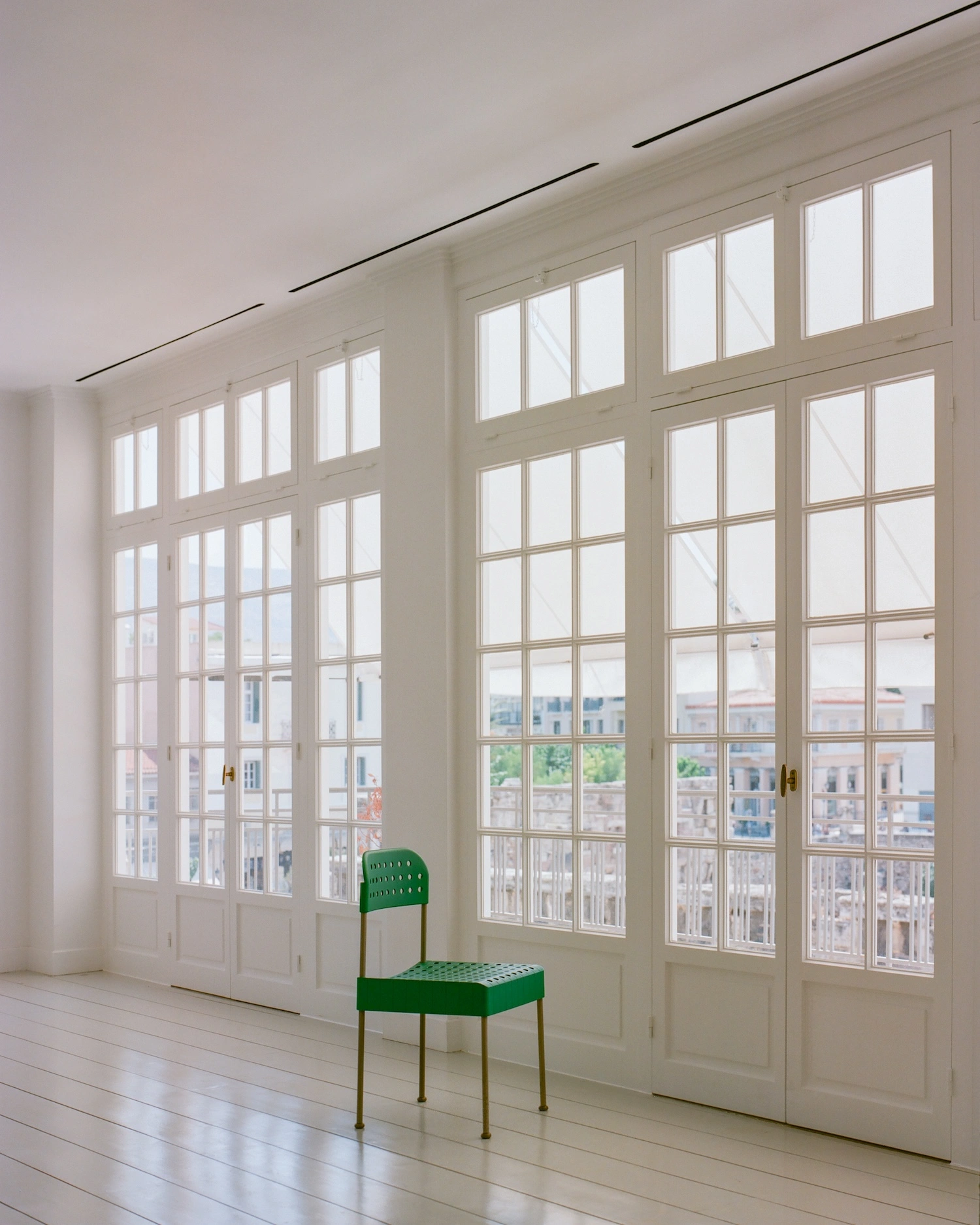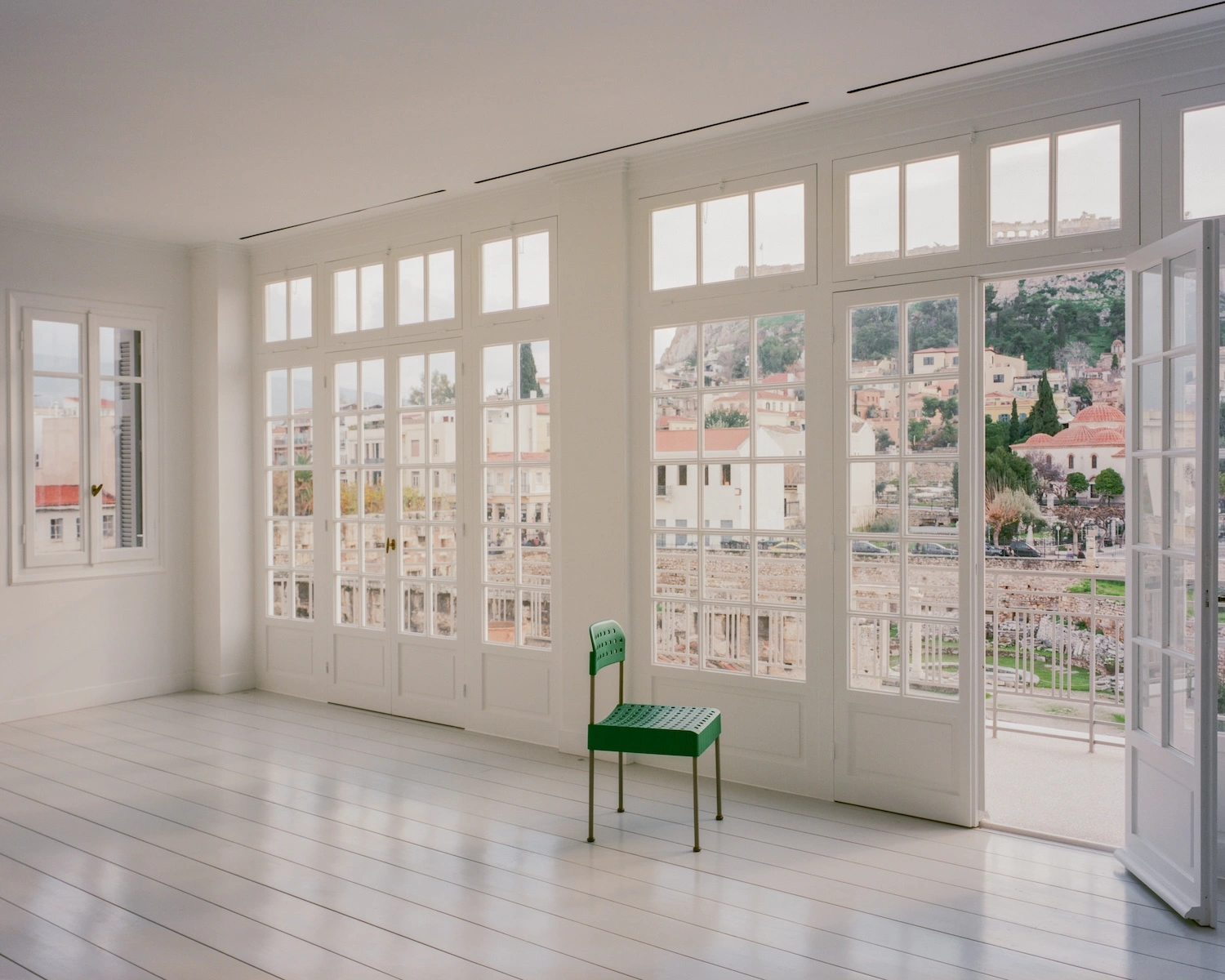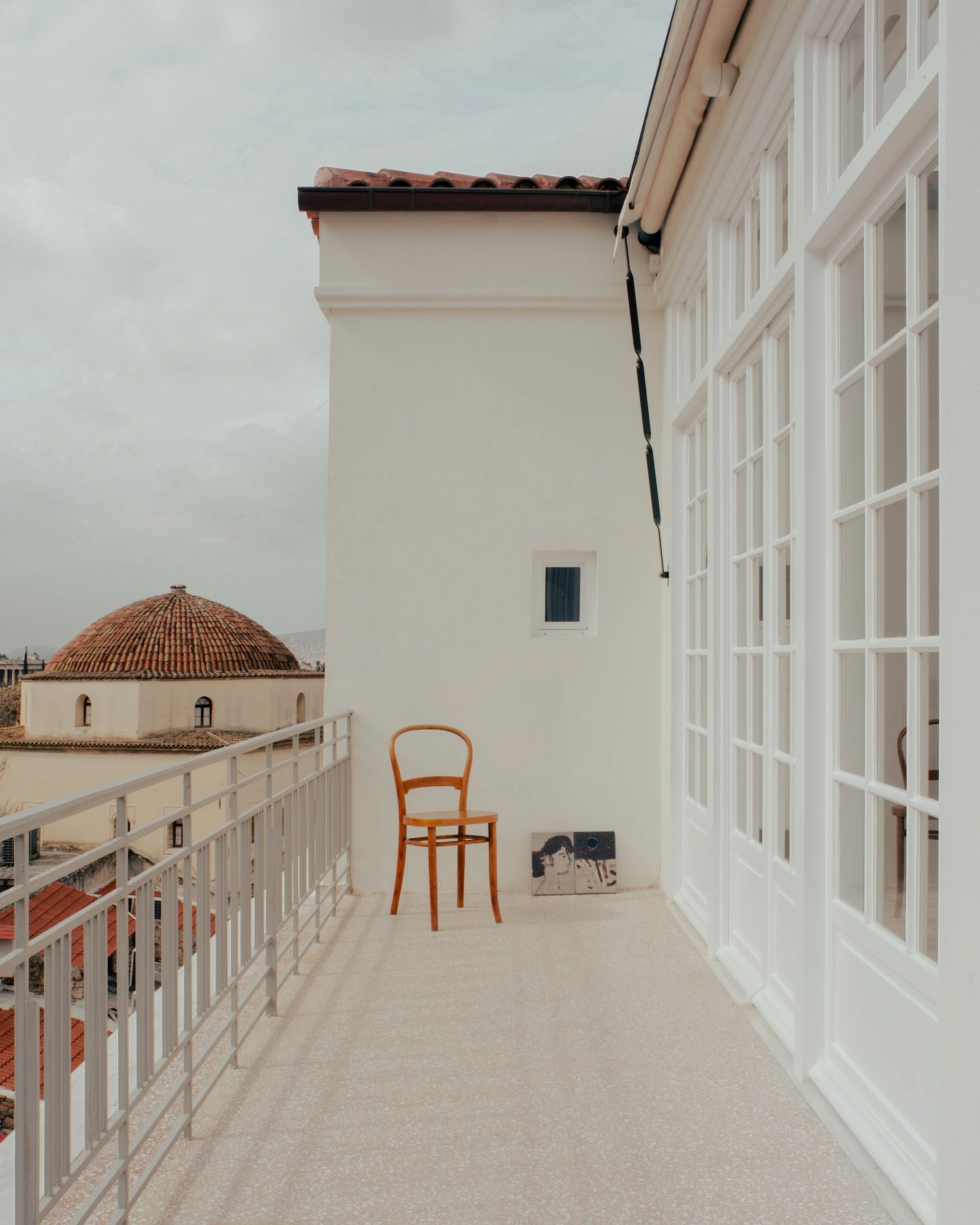In Athens’ Monastiraki district, Local Local restores an inter-war building into a gallery that bridges contemporary design with centuries of craft and architectural memory.
In the tangled streets of Monastiraki, where souvenir stands spill into alleys framed by Byzantine domes and neoclassical facades, a quiet act of architectural precision is underway. Local Local, the Athens-based studio, has begun transforming a three-storey inter-war building into a contemporary art gallery. It is a sibling to the neighbouring Melas Martinos space—also designed by the studio—but with its own distinct cadence, balancing the needs of exhibition with the dense historical strata of its surroundings. The intervention will bring two gallery levels, an ancillary top-floor space, and a roof terrace turned into an urban garden with Acropolis views.
The architects are working with an ethos of careful restoration, pairing luminous white interiors with traditional Athenian elements—wrought iron balustrades, latticed wood panels, terrazzo floors—materials that hold the memory of place. The choice of terrazzo is especially resonant: laid by one of the few remaining local craftsmen, it folds the precision of contemporary detailing into centuries-old craft lineage. Its reddish aggregate is not an arbitrary design gesture but a chromatic echo of the surrounding rooftops, linking the gallery’s floor to the city’s skyline in a continuous thread of belonging.
This sensibility mirrors Local Local’s earlier work on Melas Martinos, where materiality became narrative. There, a unified light grey palette offered a neutral yet charged backdrop for contemporary artworks and family heirlooms alike, while preserved architectural fragments—such as Takis Zenetos’s 1960s arches—folded multiple eras into a single spatial conversation. In the new project, similar gestures ensure that modern interventions speak fluently with the building’s inherited language rather than overwriting it.
Perhaps the most striking quality of Local Local’s approach is its refusal to fetishise a single historical moment. Instead, their spaces form temporal collages, where modernist geometry, traditional craft, and the needs of contemporary curatorship meet without hierarchy. Even the uncovered wood and tile flooring from a past life will remain, its domestic patterns becoming part of a layered visual archive.

